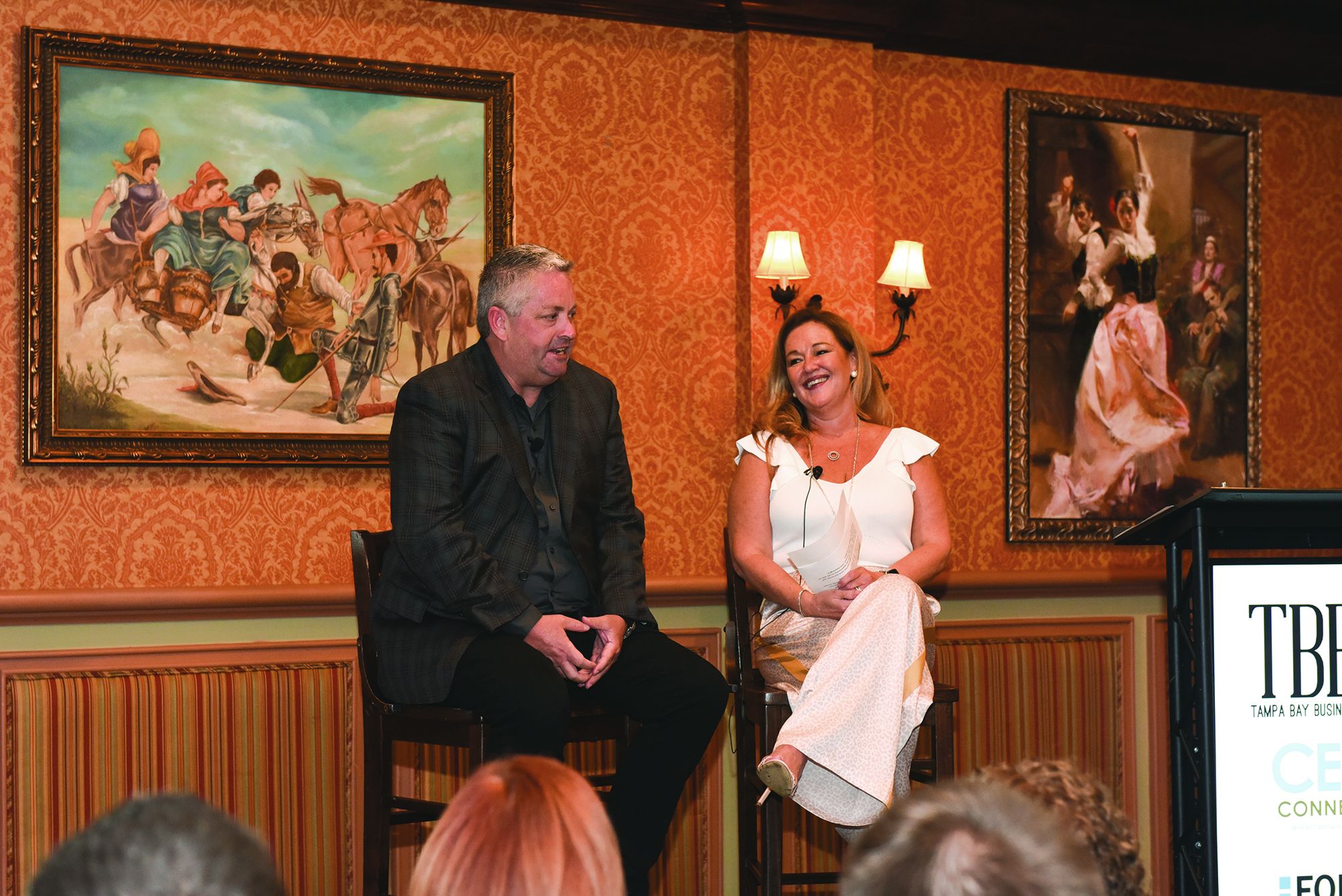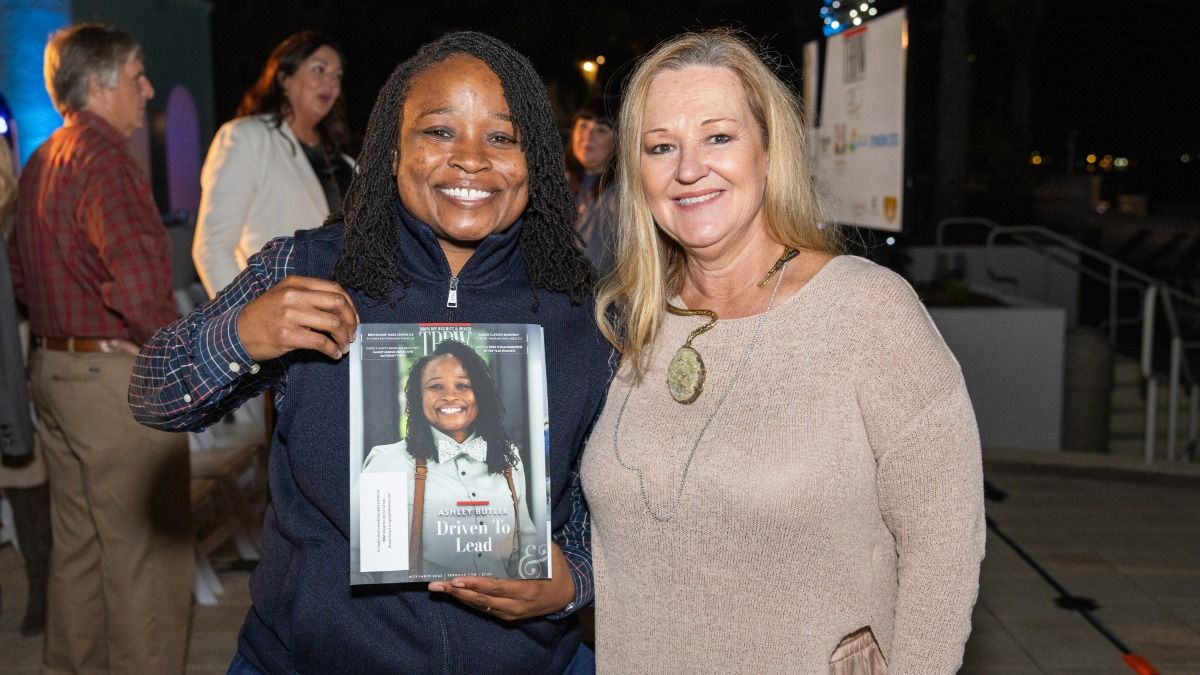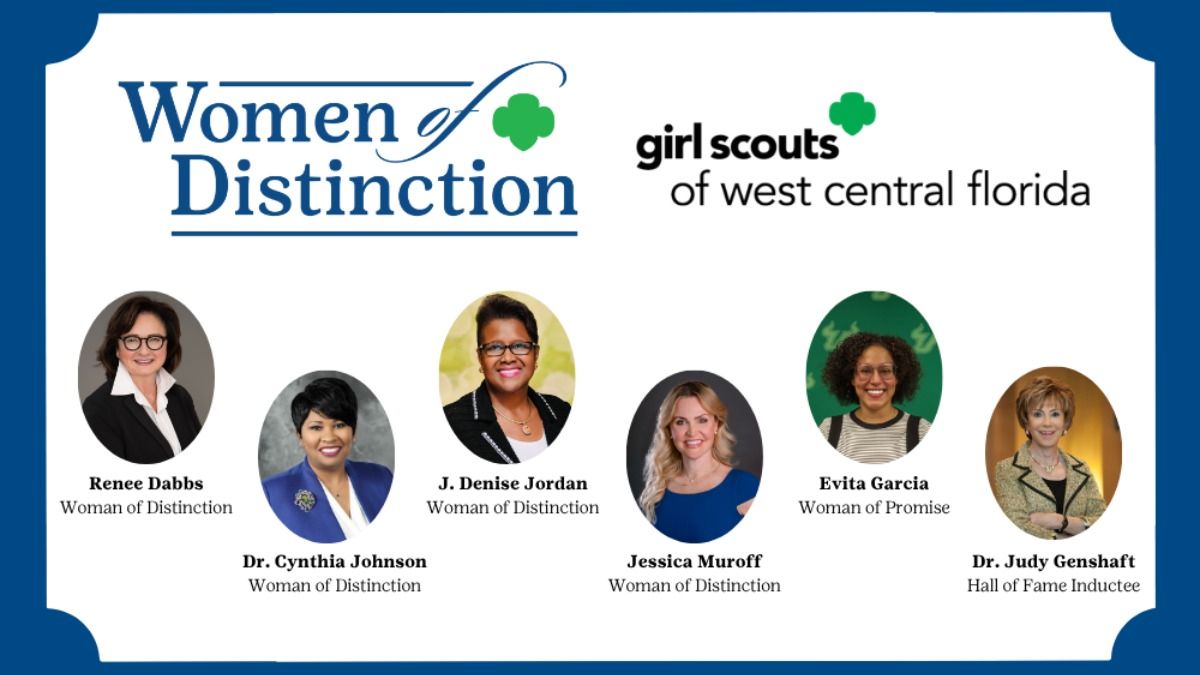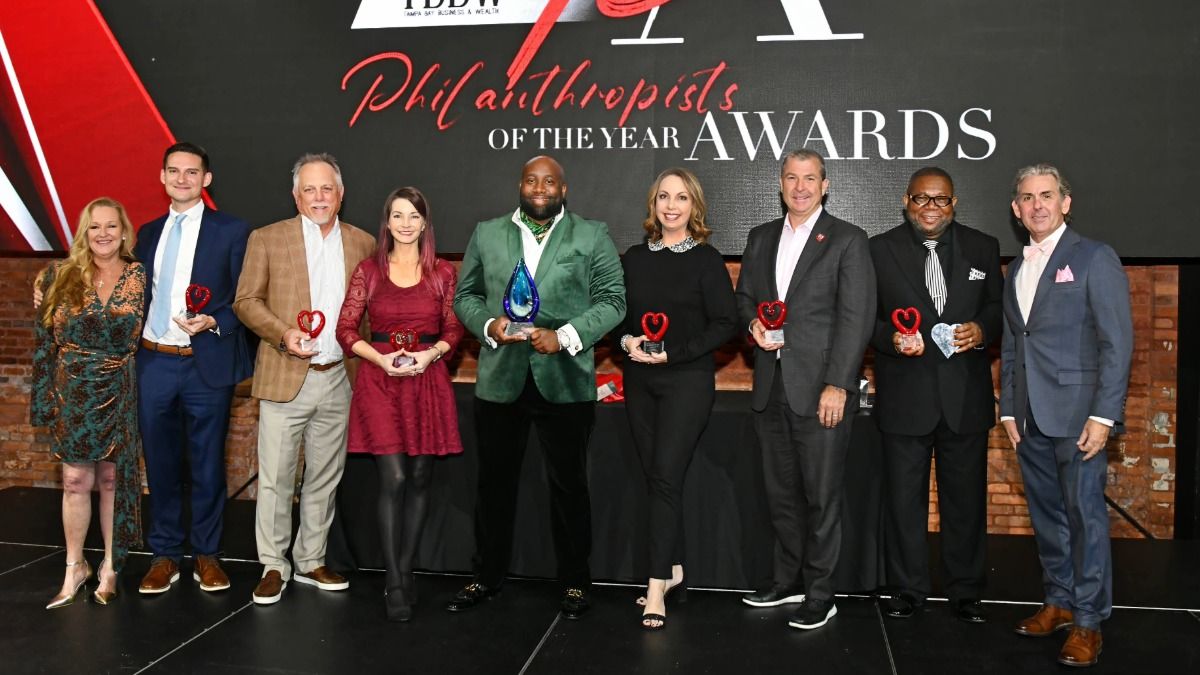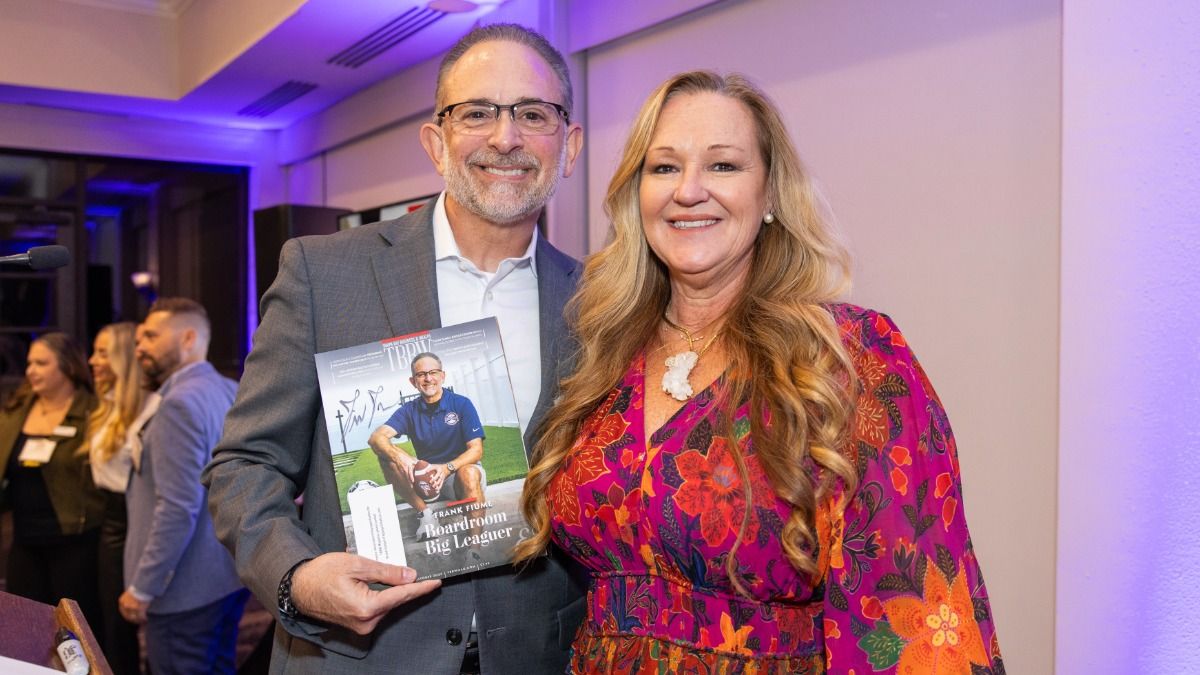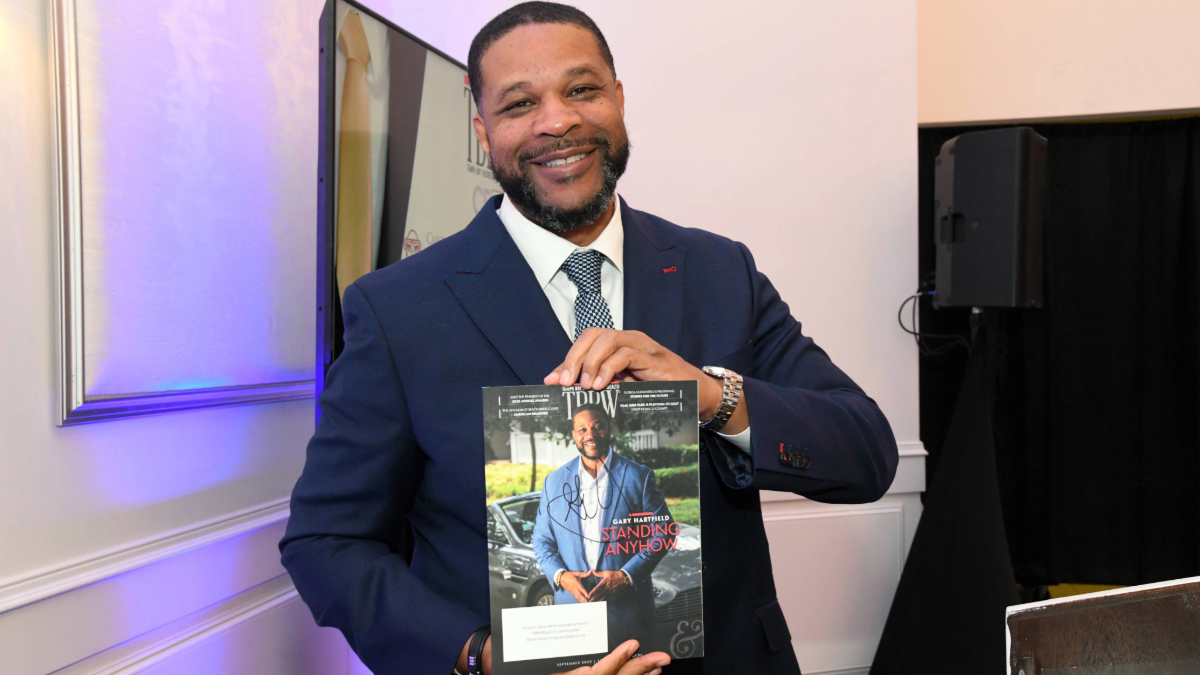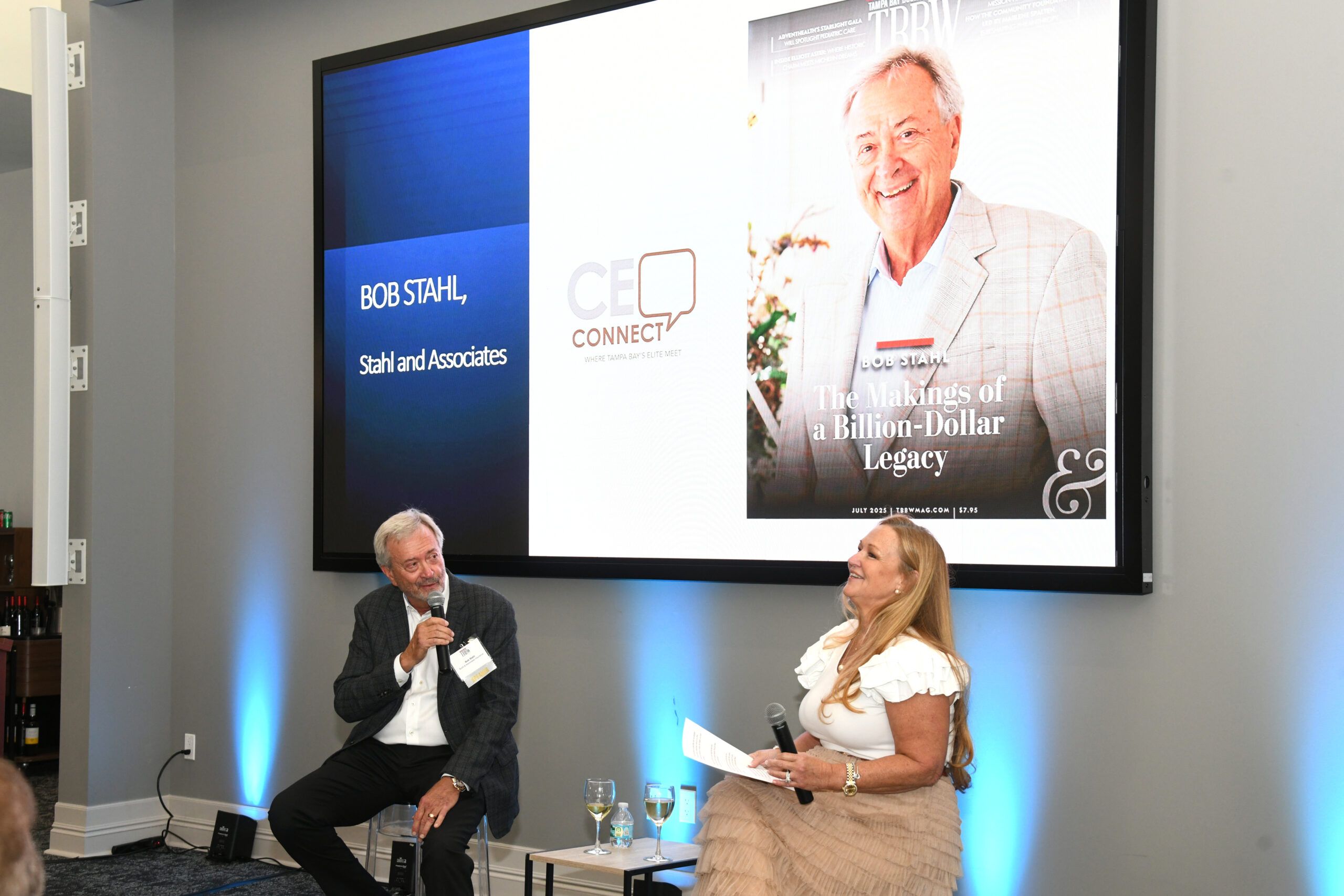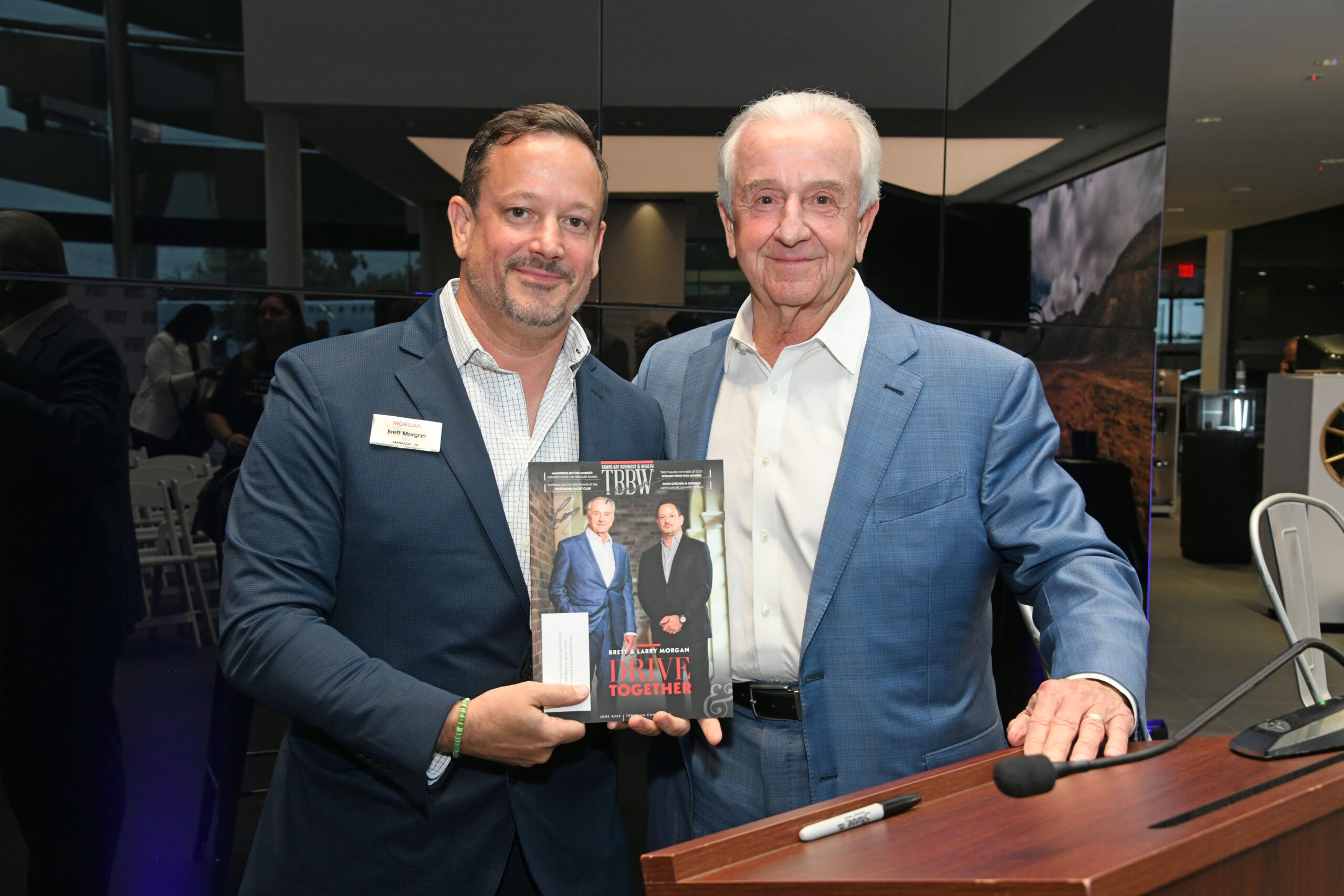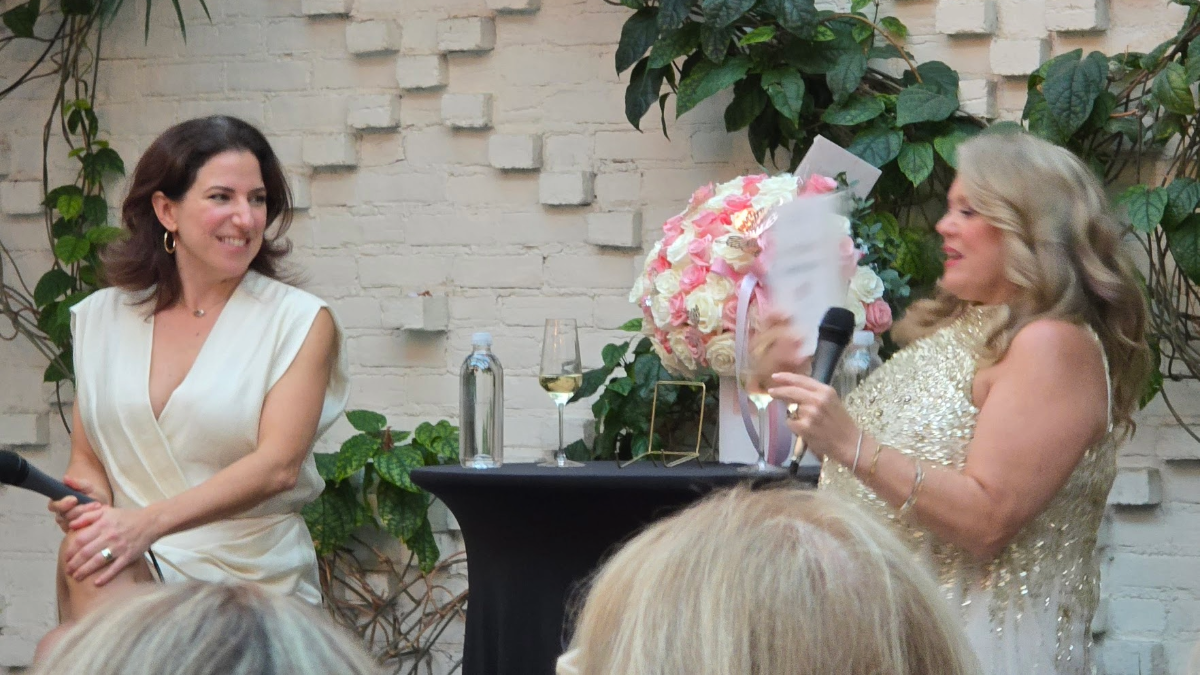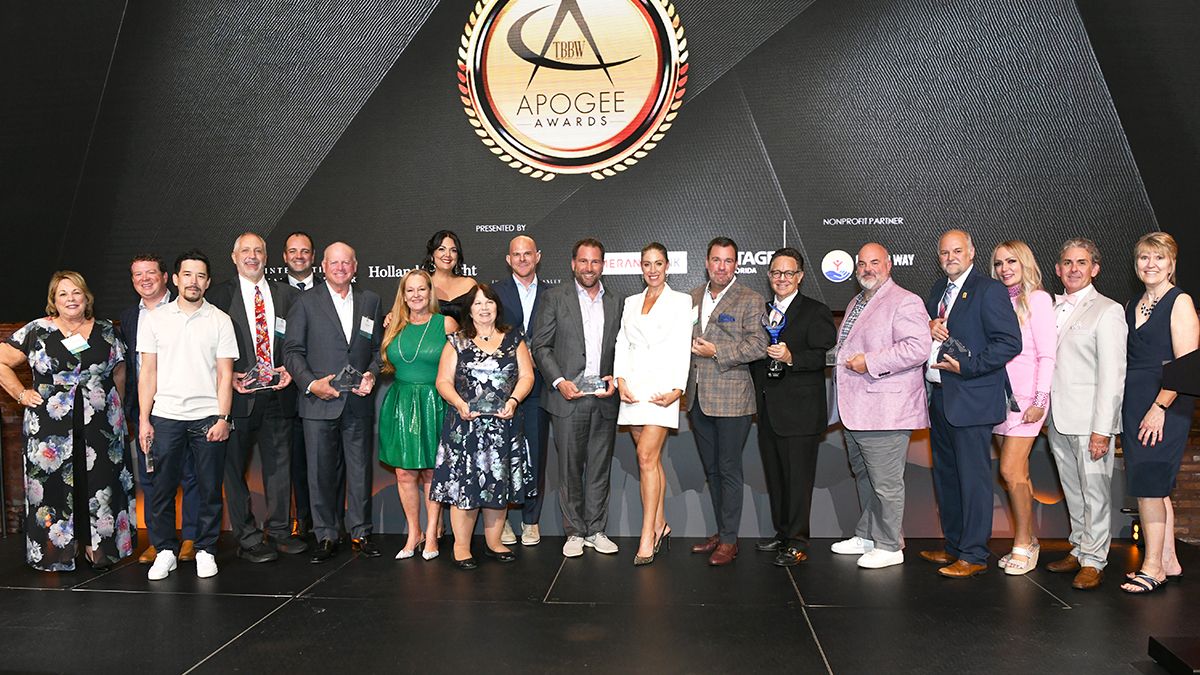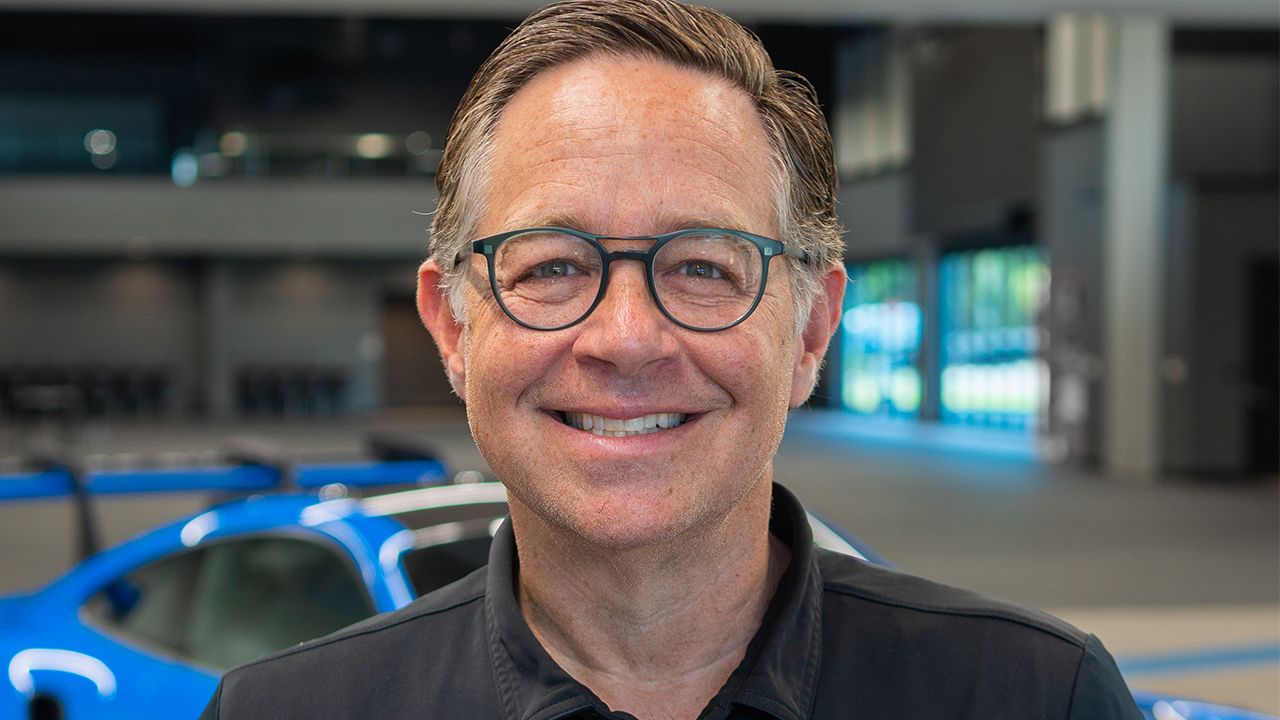Jean Paul Guilbault, or “J.P.” as he’s often called, is CEO of Community Brands, a provider of cloud-based software to associations, nonprofits, faith-based groups and K-12 schools. With 2,000 employees serving over 100,000 clients in 30 countries. The St. Petersburg company is on track to exceed $500 million in revenue in 2019 and was recently valued at $3.5 billion.
Community Brands has acquired more than 25 companies in the last two years, growing through its go-to-market model, in which complementary products are sold to the same customer base, while enabling businesses to lower operating costs as they leverage the accounting, marketing, customer relationship management and enterprise infrastructure.
What separates Community Brands from other like-minded companies is that it focuses on nonprofit organizations with a goal of leveling the playing field between for-profit companies and nonprofits.
Bridgette Bello, CEO and publisher of Tampa Bay Business & Wealth, interviewed Guilbault in front of an invitation-only audience at The Columbia in Tampa. Here’s a recap of that discussion. (See photos of the event here)
What has the experience been like, being “Mr. May?”
I’m an introvert, so this is not comfortable [Laughter]. Seeing your face on the cover of a magazine is not comfortable. It’s also exhilarating, because it’s an opportunity to recognize a fantastic team inside my company and outside as investors.
With the pushing of many team members and my wife, I realized it’s important to tell the story. It’s important to talk about what we are doing for our customers and what we’re doing to help other businesses thrive.
You said your LinkedIn profile blew up.
Yes, my LinkedIn blew up. It was quite entertaining. I started getting modeling requests [Laughter].
You had purchased 25 companies at the time of our interview. Any new acquisitions in your buying spree?
We did three acquisitions that were very important to facilitating fundraising and engagement. We keep bringing technology and talent together to really create an ecosystem of payment technology for nonprofit, purpose-driven, organizations.
You said “purpose-driven,” and I hear you say that a lot. Can you elaborate what you mean by that?
I think the setup tonight gave me the perfect opportunity. “Purpose-driven” is exemplified in the Columbia [the conversation’s host sponsor]. We happen to focus on the cause-based market, those that are nonprofit, churches, associations, professional memberships, things that advance people’s careers and schools.
Our customers are so unique in that they touch their constituents’ lives in probably the most personal way. It’s their values and faith and sending their kids to school, it’s their causes and life events that promote their careers and becoming successful.
People come to work for a purpose, for more than profit, and we just happen to be in the best business in the world where we focus on organizations that create social and economic good on a very large scale.
On a very large scale. How many people have heard of Community Brands before the magazine story? [Some audience members raise their hands.] Like five.
I invited all five. [Laughter.]
It’s a $500 million company. Valued at more than $1 billion, is that right?
That’s when we started, I think it’s like three times that now.
Wow! What is it like to manage a board and investors for a $3.5 billion company?
It’s been a journey. The founders [of Community Brands] were St. Petersburg-based, they went to Shorecrest Preparatory School. The product, as you’ll learn in the article, was created in 1998. Will [Stover] and Hutch [Craig] were just so ahead of their time, I always say to our founders, if you had just lived in Cambridge and had the name Mark Zuckerberg, you’d have a different valuation on the company. But Bill and Hutch started this company coming out of Shorecrest to create a community alumni product that was SaaS- [software as a service-] based. I came in 2012, after they sold the company to Private Equity. I was honored that they asked me to grow the company, having worked 20 years in private companies.
We had an incredibly successful run from 2012 to 2017. We did acquisitions for complimentary value, taught the principles about customer experience and product design. I was fortunate, the whole company was fortunate to transact and end up with a bigger venture capital firm and we then started to say, there’s a greater good for software and payments across broad nonprofit categories.
I went from a small company, I was employee #37; I’m now in a company of 2,500 people. I had four board members; I now have eight board members. You have to manage people’s opinions, who all have different insights and perspectives, on how the business is to be run and what the investment return is to be looking forward on. I think that was the biggest change for me.
I went from this CEO that was focused largely on two stakeholders, mainly customers and employees, to one that had to manage the investors, and I don’t mean their return on value, but just communicating with them and helping them understand where the business was trying to go.
It’s always interesting. I’ve always thought about selling companies, and I think this is so important as entrepreneurs. It’s easy to take the wealthiest path, but I think when we evaluate a company’s sale, we want to know that’s it’s good for our employees and what’s good for the customers that will live on in that entity and we want to know that we are returning value to our stakeholders.
Out of the three—the customers, the investors and the employees—which is the most difficult to manage?
Each [is] different. In something as large and as scaled with these businesses we’ve acquired, they’re $10 to $15 million businesses. We bring it together at such a rapid pace. Employees are just trying to get their heads wrapped around it. The pace of it, what does it mean, what’s the company’s strategy?
That’s a difficult task. Investors are kind of easy. What’s the economic outcome and when do I get there? It’s harder to explain, but that’s what they want to know. It’s harder to communicate to our employees and customers about where we’re going as a company.
I wanted to ask you about your pace and how you scale a business in that short of a time period. How do you manage that?
Managing pace is important. The one thing we uniquely decide on as leaders and individuals is where we spend our time. It’s the one thing we are in the most control of. I’ve always viewed speed as the element of competitive advantage. That you have to be able to move very fast when situations present themselves and I think that’s something we’ve been good at.
How do you set that as a part of your culture?
Most investors will define their investment in you as a time horizon. We don’t believe that. We believe in valuation metrics. We always want to be on to the next opportunity of investment and capital for the growth. As fast as we can achieve a shareholder’s return, we want to buy in agreement from our shareholders that we can go shop the company, and go promote the company for new capital.
It starts as “what are you defined by?” and ours is always success and achieving that success as fast as we can. On the employee front, being openly transparent about how the company is run is another important factor. That we do operate on speed. I also operate on a belief that we are not striving for perfection. We are striving for great outcomes. ♦

